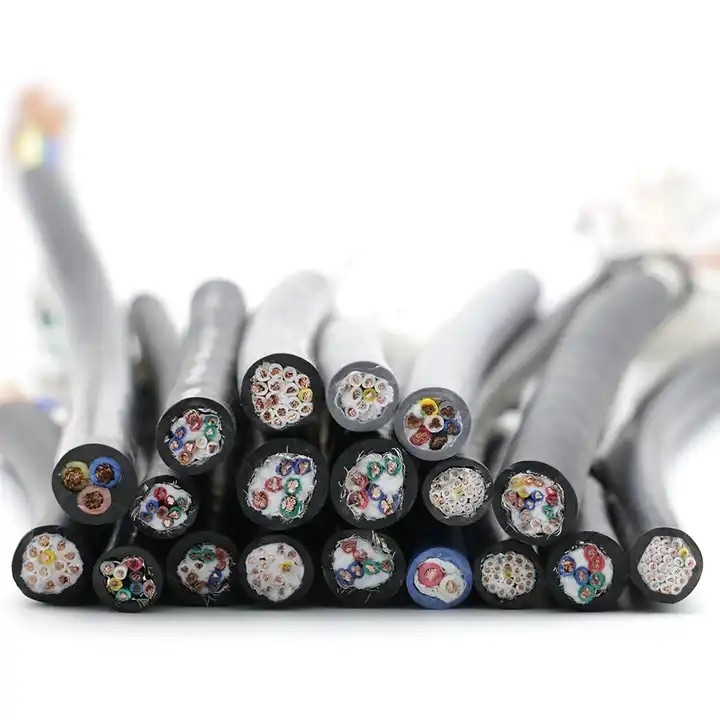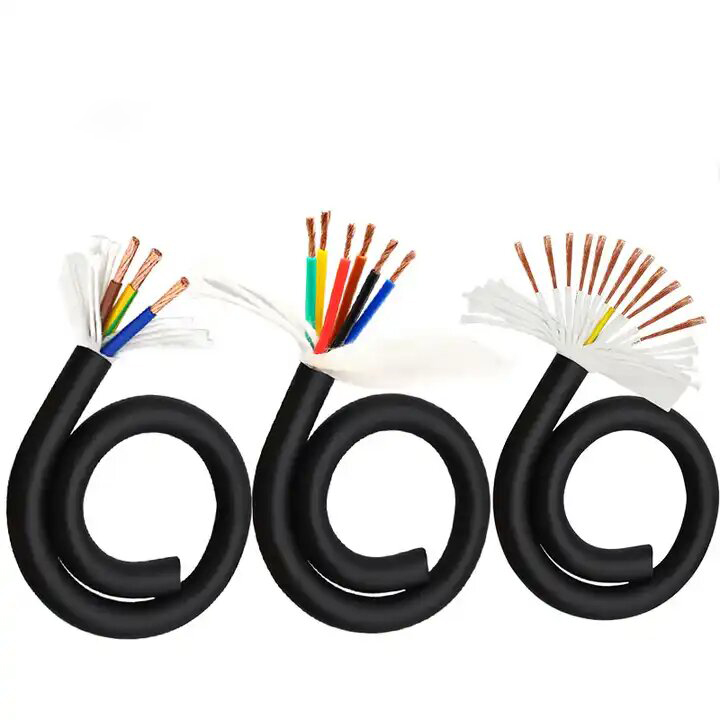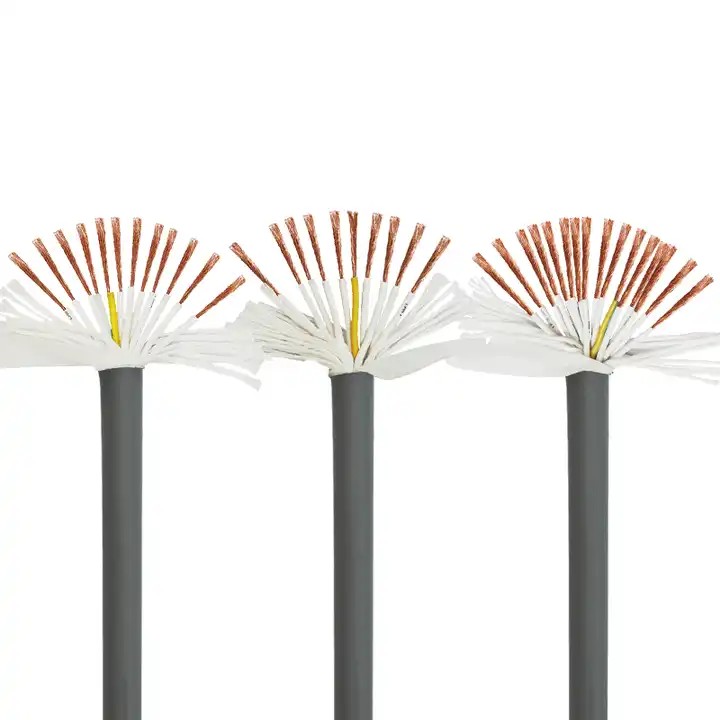What Causes Core Breakage in High Flexible Cables?
Published:
2024-08-21 14:36:26
Discover premium high flexible cables designed for durability and reliability in demanding applications. These cables offer superior flexibility, making them ideal for dynamic environments that require consistent performance and long-lasting quality.
Let's introduce one of the cables, the high-flexible cable. Its conductor material should have a certain degree of flexibility. For its insulating material, it should have a certain degree of tensile resistance and anti-aging function! High-flexible cable, some people also call it a drag chain cable! Because it can withstand long-term bending movements, its tensile properties are very excellent. In addition, when this type of cable is produced, the combination of its core and the matching of auxiliary materials, including winding or inner sheath, outer sheath protection and shielding materials, are all subject to certain requirements.
If the high-flexible cable breaks the core, it will cause problems such as signal instability and crosstalk. The general reasons are as follows:
1. It may be a problem of raw material selection.
Because of different improved materials, the outer sheaths it produces have different functions. Some have low temperature resistance, some have UV resistance, and some have oil resistance. But we will find that all these outer sheaths have good wear resistance and will not stick to anything. Its outer sheath must have high flexibility and support resistance.
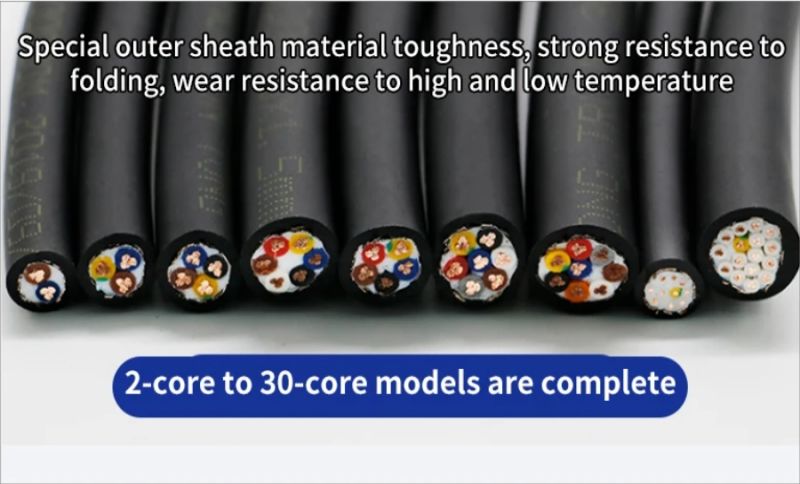
2. If the conductor is too thin, it may also cause the high-flexible cable to break.
Generally speaking, the thinner the conductor, the better the flexibility of the cable! However, if the conductor is too thin, the cable will be entangled. After a series of long-term experiments, we found that if the cable is too thin when it is manufactured, there will be problems. Therefore, if you don't pay attention to this aspect, it will also cause the high-flexibility cable to break.
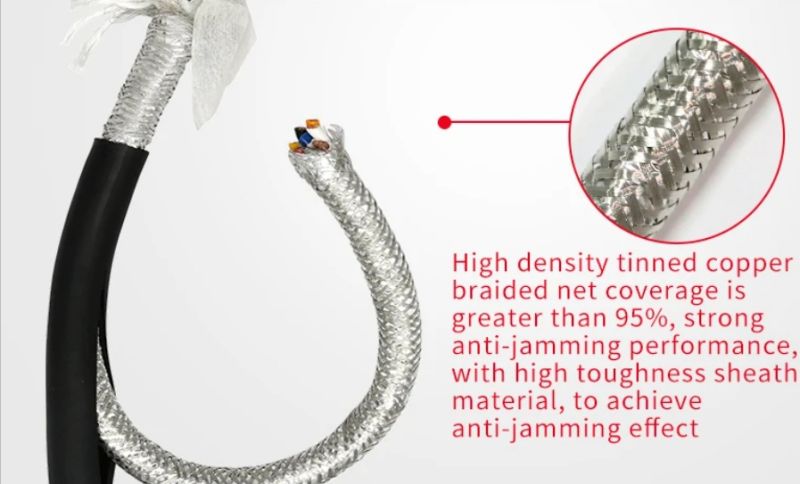
3. It may be that the copper wire of the shielding layer is inserted into the core.
The main reason is that the copper wire joint is not handled correctly during braiding or winding; the cable has poor anti-twisting performance, its braided layer will break by itself or its insulation material hardness quality is not good.
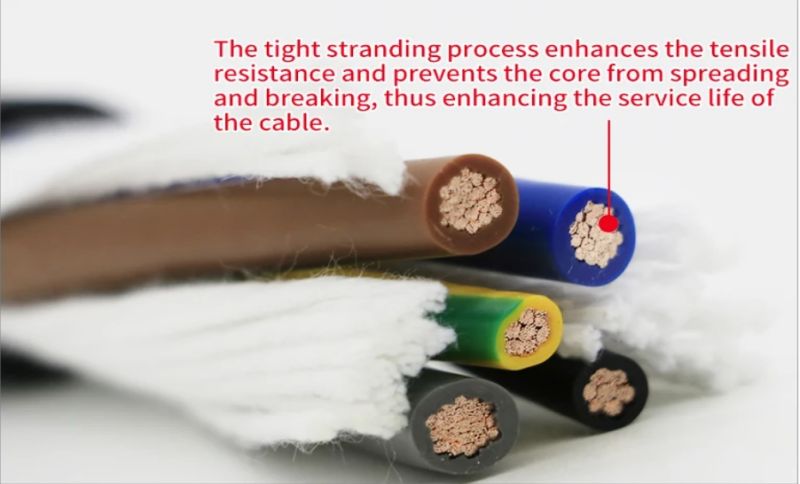
4. It may be that its outer skin is cracked and worn.
The main reason for this phenomenon is the poor quality of the materials used and the lack of craftsmanship. Its oil resistance and weather resistance are poor. In addition, there are also problems such as conductor heating, insulation breakdown, and poor anti-interference effect caused by the irresponsibility of practitioners. In fact, the design and manufacture of flexible control cable should not just stop at imitating imports (which also have unreasonable designs) and looking at sample manufacturing. We need to understand the use environment of highly flexible cables so that the quality of the manufactured cables can be up to standard.


